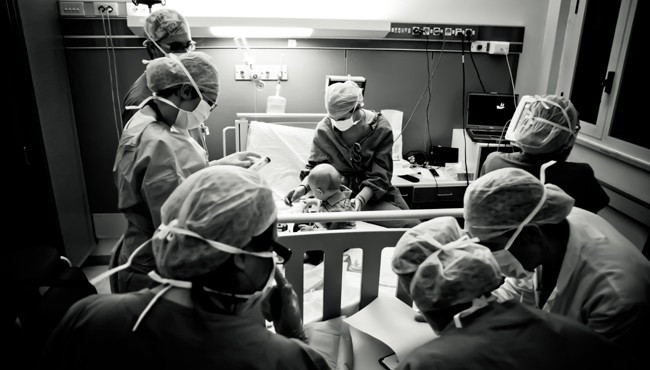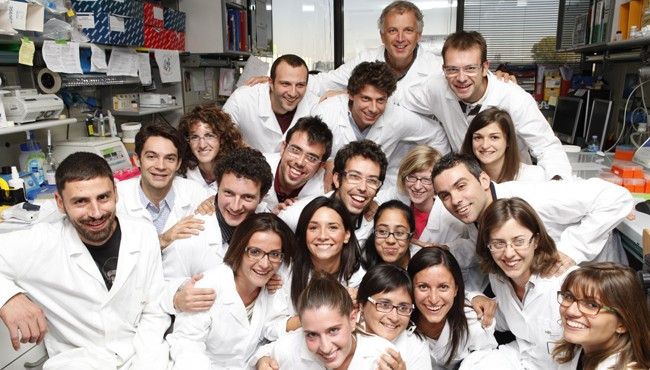Aids Virus Used to Cure Severe Genetic Diseases
Italian scientists use Aids to treat metachromatic leukodystrophy and Wiskott-Aldrich syndrome

The Aids virus has been used to cure two severe hereditary diseases - metachromatic leukodystrophy and Wiskott-Aldrich syndrome.
In 1996, Italian scientists began working on the theory that the virus could be used to treat hereditary diseases and 17 years later they have achieved their goal.
Six children with the conditions have been treated with a gene therapy using the Aids virus for the last three years and have shown "significant improvement", two studies published in the journal Science have shown.
Metachromatic leukodystrophy affects the nervous system. Babies that have it appear healthy early on but they gradually lose their cognitive and motor skills.
With Wiskott-Aldrich syndrome, the sufferer has a faulty immune system making them more susceptible to disease. They also bleed frequently because of a defect in their blood platelets.
Led by Luigi Naldini from the San Raffaele Telethon Institute for Gene Therapym (Tiget) in Milan, the team were able to treat both diseases using gene therapy vectors derived from the Aids virus.
The researchers withdrew stem cells from a patient's bone marrow and introduced a corrected copy of the defective gene using viral vectors derived from HIV. After these cells were reinjected, they could restore the missing protein to key organs.
Naldini said: "Three years after the start of the clinical trial the results obtained from the first six patients are very encouraging: the therapy is not only safe, but also effective and able to change the clinical history of these severe diseases.

"After 15 years of effort and our successes in the laboratory, it's really exciting to be able to give a concrete solution to the first patients."
In total 16 patients with Wiskott-Aldrich syndrome and 10 with metachromatic leukodystrophy were treated. The study looked at the six patients (three from each disease group) who have had the treatment for the longest, so the scientists could draw the best conclusions from them.
Alessandro Aiuti, coordinator of one of the clinical trials, said: "In patients with Wiskott-Aldrich syndrome, blood cells are directly affected by the disease and the corrected stem cells replace the diseased cells creating a properly functioning immune system and normal platelets.
"Thanks to gene therapy, the children no longer have to face severe bleeding and infection. They can run, play and go to school."
Alessandra Biffi, who headed the metachromatic leukodystrophy trial, added: "The corrected hematopoietic cells reach the brain through the blood and release the correct protein that is 'gathered' there by the surrounding nerve cells.
"The winning card was to make engineered cells able to produce a quantity of protein much higher than normal, and thus effectively counteract the neurodegenerative process."
Eugenio Montini, who coordinated the molecular analysis of the patients' cells, said the research has implications for developing treatments for many other diseases: "Until now we have never seen a way to engineer stem cells using gene therapy that is as effective and safe as this one. These results pave the way for new therapies for other more common diseases."
© Copyright IBTimes 2025. All rights reserved.




















